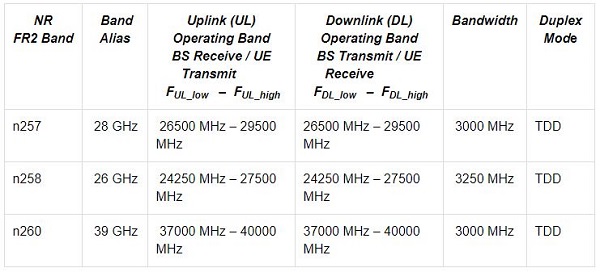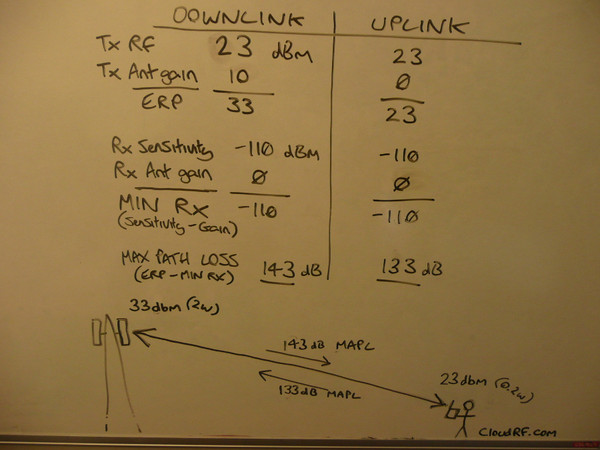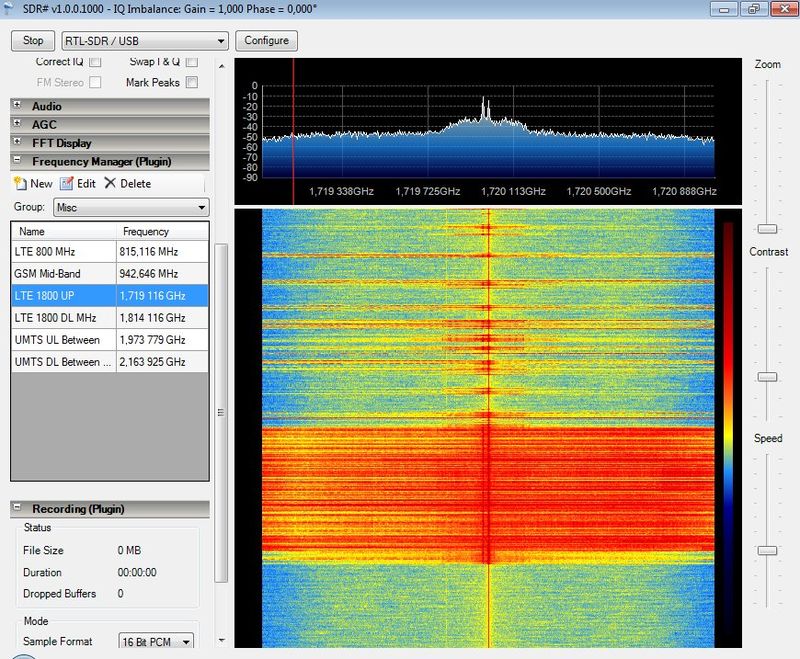

Next time I’m in China, I have to run some uplink speed tests, but I would be surprised if I could get more than 5 Mbit/s out of the channel. In practice it will be far less and has to be split between all devices currently transmitting in the uplink direction in a cell. The structure of the physical channels, frame format, physical resource elements, etc. This compares to a theoretical maximum data rate of 75 Mbit/s in a 20 MHz FDD channel where all timeslots are used in the uplink direction.ġ5 Mbit/s perhaps doesn’t sound too bad at first but this is the theoretical maximum. Definition of the uplink, downlink and sidelink physical channels. Under ideal conditions, this would result in a datarate of 15 Mbit/s in a 20 MHz TD-LTE channel. In other words, only 20 per cent of the carrier is used for uplink transmissions. In this network, pattern 6 is used, which, according to the second link above, reserves a large portion of the 1 ms subframe for the downlink and only very little for the uplink. The exact timing is described by the SpecialSubframePatterns parameter.

One subframe is used for both downlink and uplink transmission with a gap in between to allow for the uplink transmission delay (timing advance) and the time required to switch from receive to transmit mode. Subframe assignment 2 is a configuration in which a 10 millisecond frame is split into 6 downlink subframes (1 ms each) and 2 uplink subframes (1 ms each). In a live network in China this section looked as follows: TDD-Config The fields are individually configurable in terms of length, although the total length of all three together must be 1ms.
Lte uplink and downlink upgrade#
These three fields are also used within TD-SCDMA and they have been carried over into LTE TDD (TD-LTE) and thereby help the upgrade path. For TDD LTE-A systems, the number of uplink and downlink carriers is the same in. The up/downlink ratio of a TD-LTE carrier can be found in System Information Block 1 in the TDD-Config section. DwPTS Downlink Pilot Time Slot GP Guard Period UpPTS Uplink Pilot Time Stot. In the LTE-A system, the maximum bandwidth of a single carrier is 20MHz. The standard is quite flexible in this regard and offers many options so I was not quite sure which option would actually be used in practice.įor the technical details of timeslot use of uplink and downlink have a look here and here. TDD (Time Division Duplex) LTE Bands require only a single band which is used for both the uplink and downlink.When I was recently in China, it was an ideal opportunity to have a look at the ratio of downlink and uplink timeslots in a real network. FDD stands for Frequency Division Duplex, each FDD-LTE bands consist of a pair of frequencies, one for the uplink and another for the downlink. There are two types of LTE Frequency Bands FDD and TDD. The frequency bands allocated for LTE are different in different countries around the world.

The LTE standard and the frequency bands have been developed by the 3GPP (3rd Generation Partnership Project).

It was developed to increase the speed and capacity of mobile communication networks using DSP (digital signal processing) techniques and modulations. LTE is the upgrade to both GSM/UMTS networks and CDMA2000 networks.


 0 kommentar(er)
0 kommentar(er)
